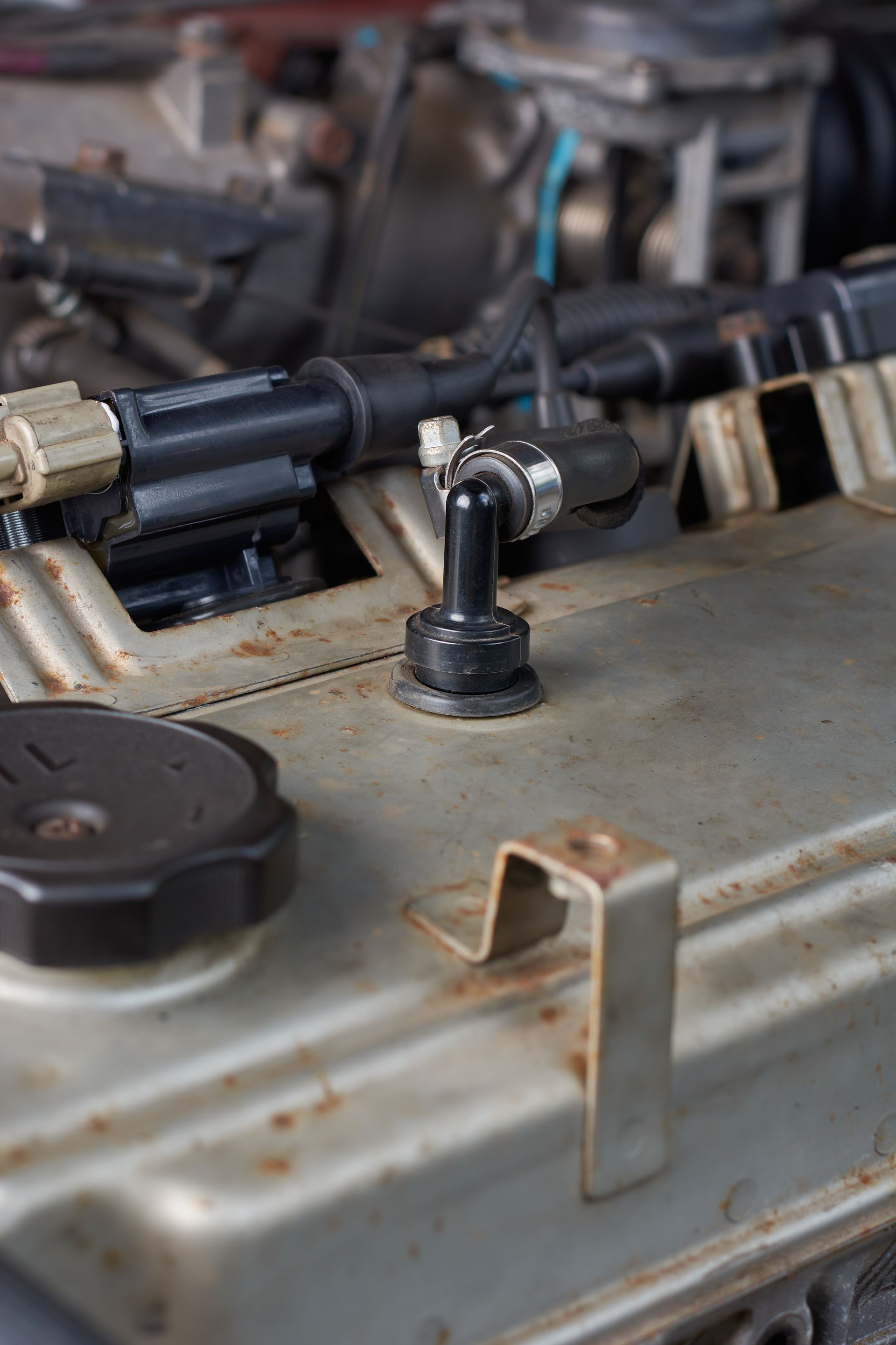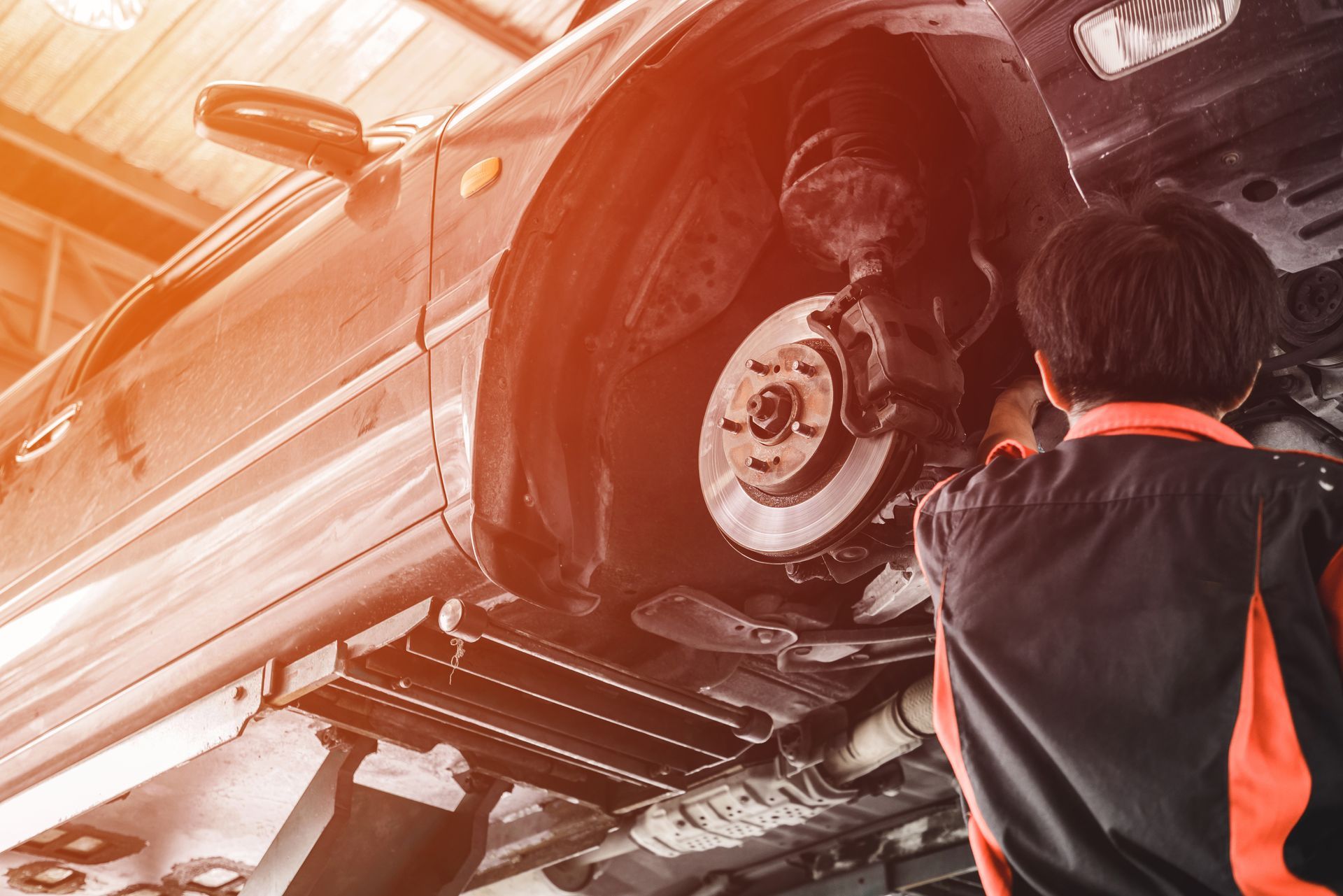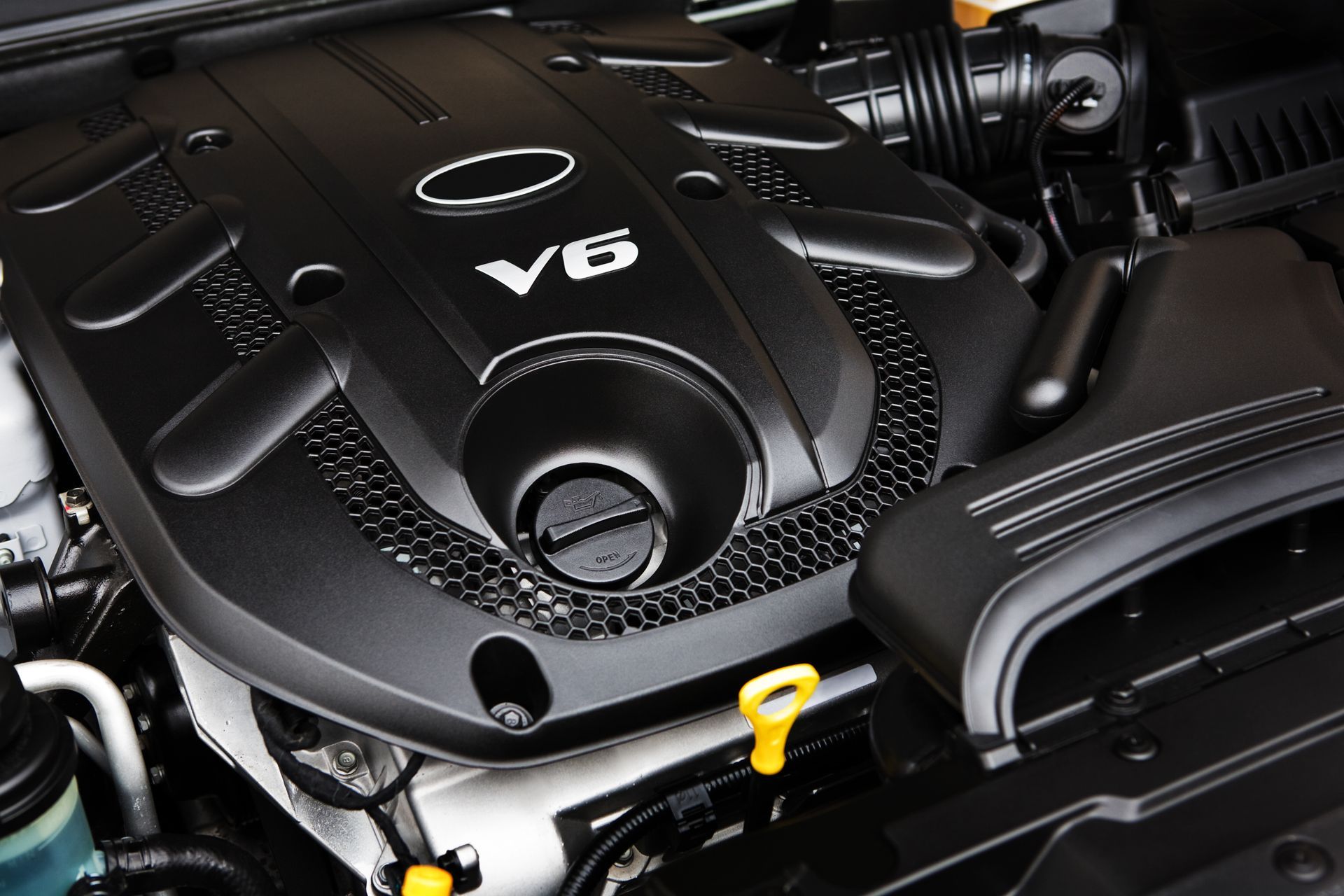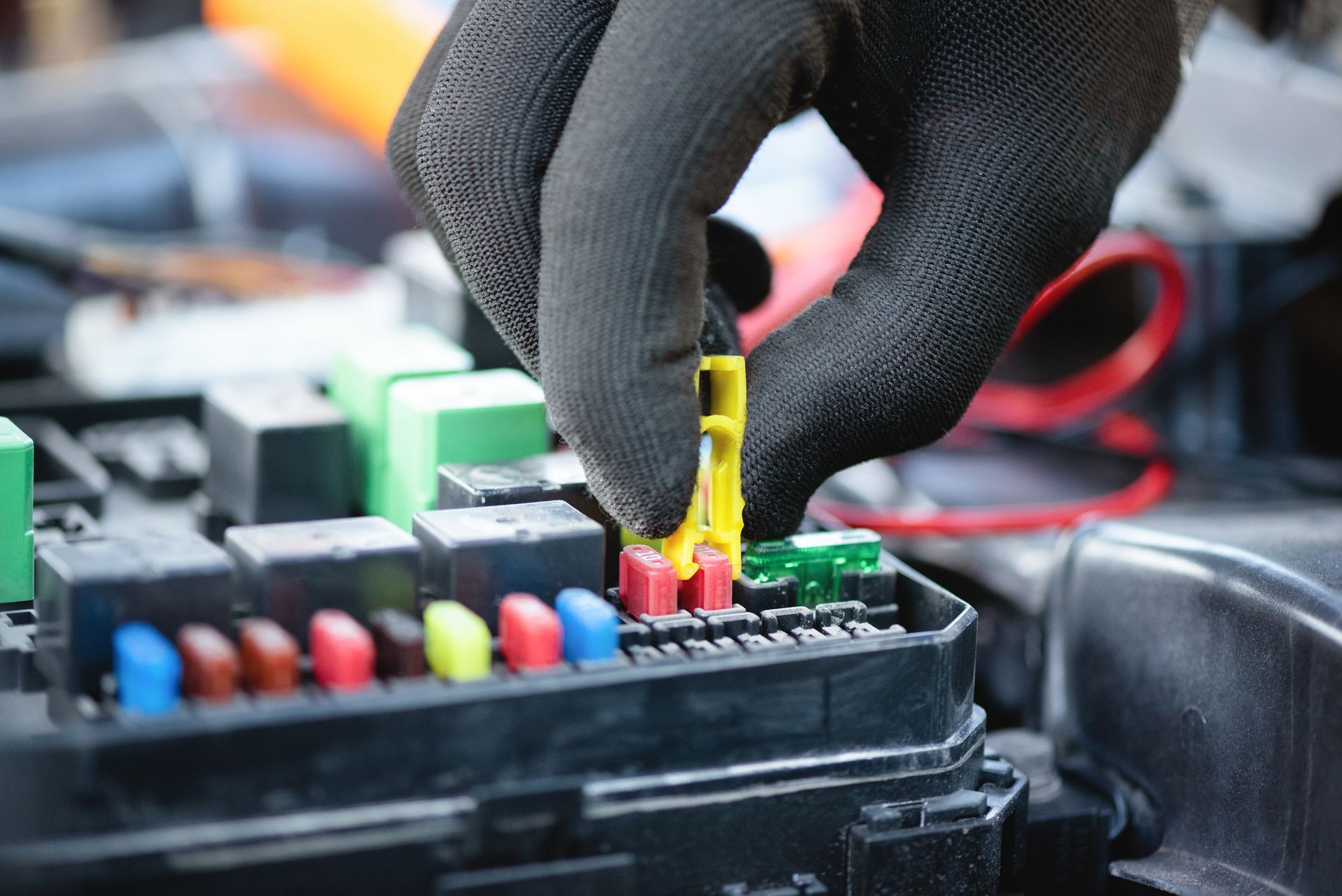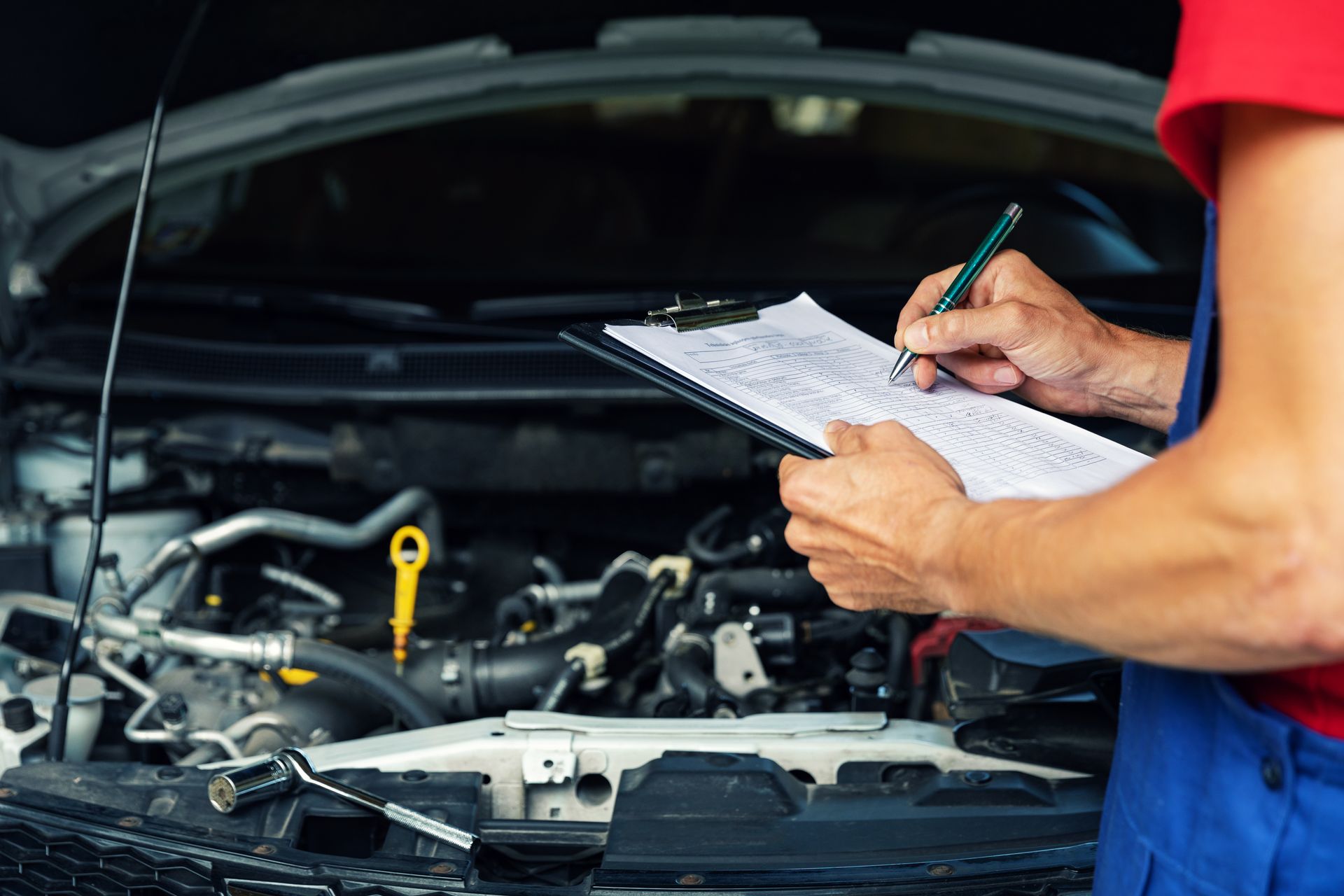Most drivers know that summer heat can lead to engine overheating, but your transmission can suffer just as much or even more. Transmission fluid is responsible for keeping the gears cool and lubricated, and when it gets too hot, it starts to break down. If you’ve ever felt your car hesitate when shifting or noticed a burning smell after a long drive, it could be a sign that your transmission is running hotter than it should.
The risk of overheating transmission is especially high during the summer months, when outside temperatures soar and drivers spend more time on the road, often stuck in traffic or hauling heavy loads. Understanding how heat affects your transmission and what you can do about it is key to avoiding costly repairs.
How Heat Affects Transmission Fluid
Automatic transmission fluid (ATF) plays a vital role in maintaining proper function. It lubricates moving parts, transmits power, and keeps the entire system cool. But this fluid has its limits. As it heats up beyond its optimal range, it starts to degrade. This reduces its ability to protect internal components from friction and wear.
As ATF breaks down, it becomes darker, thinner, and less effective. Once the fluid loses its cooling and lubricating properties, metal components can grind against each other, seals can harden, and internal temperatures can rise even further, creating a damaging cycle.
Summer heat accelerates this breakdown. Driving in 90-degree weather or sitting in traffic with the air conditioning on full blast puts extra demand on your engine and transmission. This is even more severe for drivers towing trailers, hauling heavy cargo, or navigating steep terrain.
Warning Signs Your Transmission May Be Overheating
A transmission that’s running too hot often gives off warning signals. You might feel sluggish shifting between gears, or the transmission might seem to "slip" out of gear during acceleration. A burning odor is another common symptom, especially if the fluid has reached unsafe temperatures.
Some modern vehicles are equipped with transmission temperature sensors that trigger a warning light or dashboard message. If this appears, it's best to pull over and let the vehicle cool down before continuing. Ignoring these early signs can lead to major damage, including clutch wear, solenoid failure, or even complete transmission breakdown.
Why Summer Makes Overheating More Likely
In warm weather, all automotive systems are working harder. The radiator, cooling fans, A/C system, and transmission are all competing to stay cool. When outside air can’t provide enough cooling, temperatures under the hood quickly rise. Add in slow-moving traffic or city driving where airflow is reduced, and it’s no surprise that transmissions often struggle in the summer.
If your vehicle already has aging fluid or a partially clogged cooler line, it may not take much to push the transmission past its safe temperature threshold.
How to Protect Your Transmission From Overheating
The best protection against overheating is prevention. Start by making sure your transmission fluid is in good condition. If it looks dark, smells burnt, or hasn’t been changed in a while, it may be time for a fluid flush or exchange. Replacing old fluid with fresh ATF restores the system’s cooling efficiency and helps maintain smooth gear changes.
It’s also important to have your transmission inspected for leaks, clogs, or worn seals that could reduce cooling capacity. The transmission cooler, often built into or mounted next to the radiator, should be free of debris and functioning properly to handle the summer heat.
Drivers who frequently tow or carry heavy loads may benefit from installing an auxiliary transmission cooler, which provides additional cooling power and helps maintain fluid temperatures within a safe range.
When to Schedule Service
If your car is showing signs of delayed shifting, slipping gears, or overheating warnings, don’t wait for the problem to get worse. Transmission repairs are among the most expensive fixes, and early intervention can make the difference between a simple fluid service and a full transmission replacement.
Even if everything seems to be running fine, a pre-summer checkup is a smart move. A technician can test your fluid, inspect your cooler lines, and ensure the transmission is ready to handle whatever the season throws your way.
Let Wagamon Brothers in Columbia Heights, MN, Help You Stay Ahead of Transmission Trouble
Summer heat is tough on your vehicle, but your transmission doesn’t have to suffer. At Wagamon Brothers, we do transmission service and repair for all makes and models. Whether you’re due for a fluid change, want to add extra cooling, or need a diagnostic check, we’re here to help.
Call
Wagamon Brothers in Columbia Heights, MN, today to schedule your transmission service. Beat the heat before it beats your transmission.

